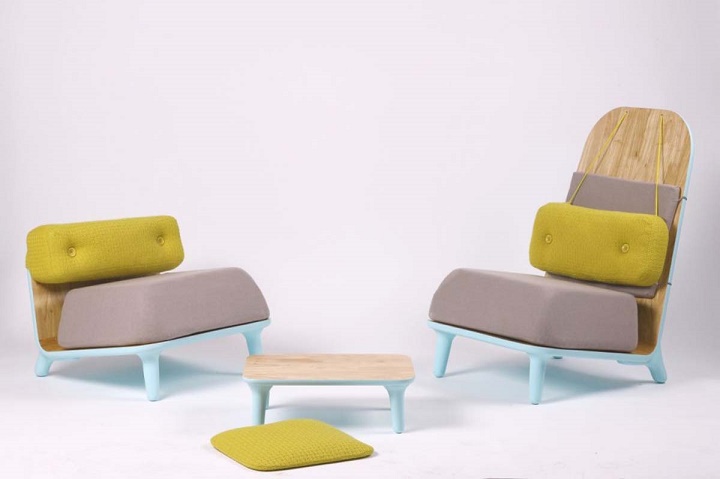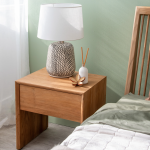If you’re following interior design blogs, reading lifestyle magazines, or watching home remodelling TV shows, and if you don’t live under a rock for that matter, there is no doubt that you have heard the words “contemporary” and “modern”. In fact, these words are used so often to describe interior design that people start to think they are interchangeable. Truth is, although contemporary and modern design do share some common characteristics, in reality, the two styles differ widely from each other. And that’s exactly what today’s topic will be: The difference between contemporary and modern design.

Contemporary – Reflecting the Current Trends
Contemporary style, in true sense of the word, is what is being created right now, at this very moment in time. It doesn’t refer to a specific point in time like modern style does (more on that later), but it’s constantly changing to reflect the popular trends in present day design. This makes contemporary design fluid and hard to pin down. When it comes to designer furniture contemporary pieces often merge wooden finishes with unusual materials, such as glass and metal, to provide a timeless aesthetic balance of yin and yang.
Furniture with smooth shape and clean lines is perhaps the most apparent characteristic of contemporary style. Designer furniture contemporary trends showcase elegant shapes that emphasize comfort – sofas are sculptural yet bulky and soft, chairs are upholstered, and just ask for you to adorn them with comfy pillows and fuzzy blankets. When it comes to the colour palette, this style is all about neutrals, blacks, and whites as seen in furniture, with hints of bold colours used in decorative items like art prints or textured rugs. The rooms are often spacious and minimalist, and easy to keep clean. For this very reason, open floor plans are quite often decorated in contemporary fashion.
Modern – Part of 20th Century Design
In design, the term modern is not synonymous with current, as people tend to think. In fact, it applies to a specific design movement that started around the beginning of the 20th century and lasted all the way through the ’60s. You can say that the modern movement was a turning point in design that broke away from classic styles in order to shift the focus on innovation and progress. But opposed to contemporary design which is fluid, modern design sticks to a stringent predetermined format.
Fun, geometric shapes and accent colours such as dark orange, turquoise and retro-red, are wholeheartedly embraced in modern interiors. Lighting is bold and eye-catching as well, usually used as a statement piece in the room as the style is not much fond of overwhelming décor that can disrupt its airy vibe. Bare floors and white walls are an important part of the airy appeal of modern interiors which helps to visually enlarge any space.























